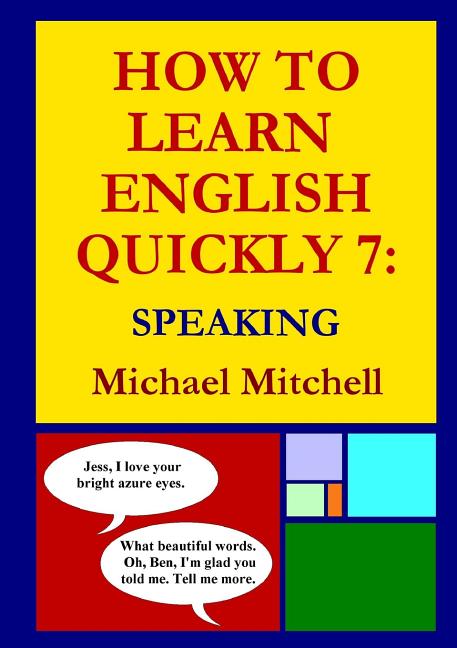
Kelly heard her teenage daughters-Georgia (16), a “world-class procrastinator”, and Claire (14), a Lin-Manuel Miranda fan-fighting over who’s wearing whose shirt once again, and, before too long, saw Edward, her husband (a Ben Stiller lookalike and a diehard Warriors fan) leaving for work. Only this time, it hit Kelly hard-and she was overwhelmed.

It’s not that something especially alarming had happened-it was, more or less, the usual routine.

However, by the time Kelly had opened her eyes waking from a pleasant dream to the smell of bacon (her husband’s everyday breakfast), the whole world seemed to her as if already out of joint. On the face of it, it was just another regular morning at the Corrigans. “There was no real reason for it to fall apart that morning,” she writes. Three months after her beloved dad Greenie had passed away, the life of Kelly Corrigan fell apart. “It’s like this.” “Tell me more.” “I don’t know.” “I know.” “No.” “Yes.” “I was wrong.” “Good enough.” “I love you.” “No words at all.” “Onward.” “This is it.”įor our summary today, we share a few of Corrigan’s stories.
Such are the feelings Corrigan conveys through the 12 stories in her book, each of which simultaneously mocks “the reach of language” and, yet, is conveniently captured in the title in the net of just a few simple words: “The other problem with language,” adds Kelly Corrigan, “is that arranging words into sentences requires we flip on our thinking machine, which necessarily claims some of our focus, so that as soon as we start deciding how to explain a feeling, we’re not entirely feeling the feeling anymore, and some feelings want to be felt at full capacity.” Two people in love (be they spouses, best friends, or a mother and a child) are capable of understanding each other without the use of words, almost exclusively through glances, smiles, kisses, and touches. It is for the reason that, instinctively, we often think of love as something of a shortcut to telepathy. Trying to name the phrases that make love and connection possible, as the blurb of Tell Me More states, seems like a crazy idea.Īfter all, on the face of it, love and connection are two just too complex phenomena to be framed into language. In addition to numerous articles for magazines such as Glamour and O, The Oprah Magazine, she has also written four books so far: The Middle Place, Lift, Glitter and Glue, and Tell Me More.įind out more at “Tell Me More PDF Summary”

Graduate of the University of Richmond, she received her Masters in Literature from the San Francisco State University.


 0 kommentar(er)
0 kommentar(er)
